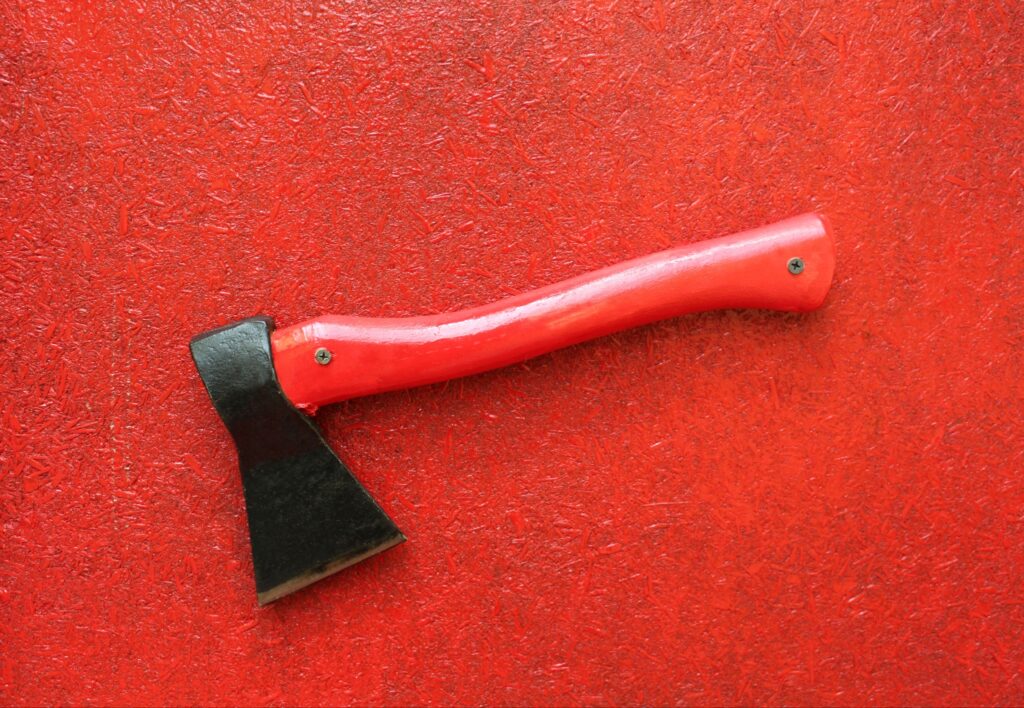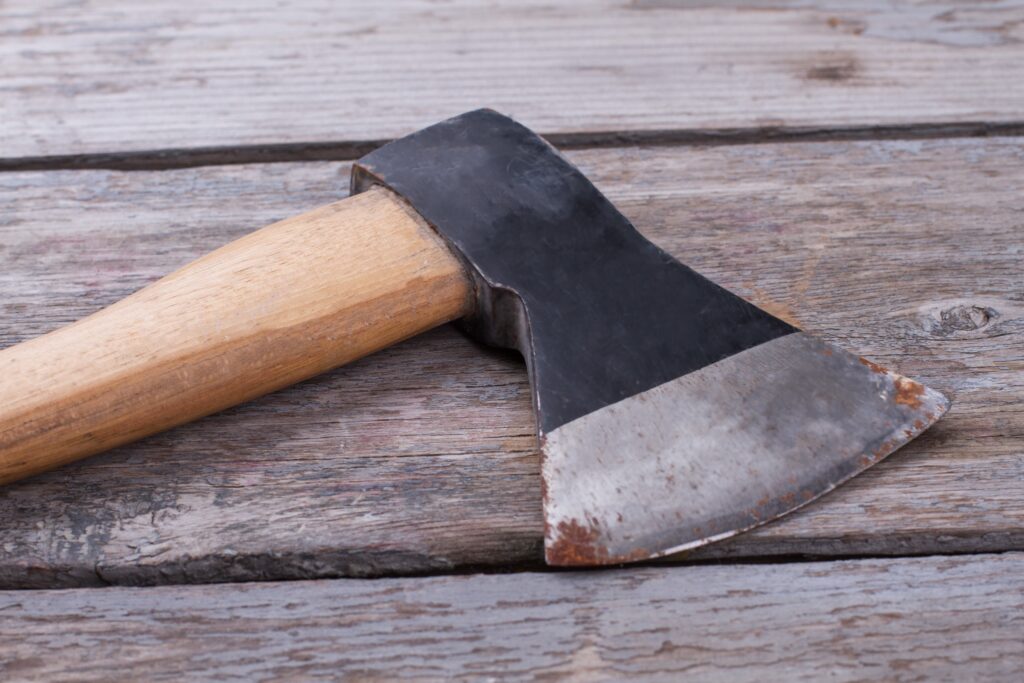Axe-throwing, once confined to the realms of lumberjacks and historical reenactments, has emerged as a popular recreational activity. As enthusiasts seek to master the art of hurling axes at targets, the role of coaches and instructors has become increasingly significant. In this blog post, we delve into the crucial role played by coaches and instructors in the world of axe-throwing, exploring how their guidance contributes to the skill development, safety, and overall enjoyment of participants.

1. Safety First: Ensuring a Secure Environment
The foremost responsibility of an axe-throwing coach or instructor is to prioritize safety. Before participants even pick up an axe, coaches conduct thorough safety briefings. They educate throwers on proper throwing techniques, explain the rules of the venue, and emphasize the importance of adhering to safety protocols. This commitment to safety creates an environment where participants can enjoy the activity with confidence, knowing that their well-being is the top priority.
2. Technique Instruction: Mastering the Art
Axe-throwing is not merely about heaving an axe at a target; it involves a nuanced set of techniques. Coaches play a pivotal role in instructing throwers on the correct grip, body stance, and throwing motion. They break down the mechanics of a successful throw, offering personalized guidance to help participants refine their technique. This hands-on instruction ensures that throwers develop a solid foundation and progress toward more accurate and consistent throws.
3. Tailored Guidance for Skill Levels: From Beginners to Advanced
One size does not fit all in the realm of axe-throwing. Coaches recognize the diverse skill levels among participants, from beginners taking their first throws to advanced throwers looking to fine-tune their technique. The ability to tailor guidance to individual skill levels ensures that every participant receives relevant instruction, fostering a supportive and inclusive environment.
4. Mental Preparation: Building Confidence and Focus
Beyond physical techniques, coaches address the mental aspects of axe-throwing. They help participants develop mental resilience, focus, and confidence. Nervousness and self-doubt can impact performance, and coaches work to instill a positive mindset. Techniques such as visualization and goal-setting contribute to mental preparation, empowering throwers to approach each throw with confidence and concentration.

5. Creating a Positive Learning Environment: Encouragement and Support
Coaches and instructors are not just mentors; they are cheerleaders, motivators, and sources of encouragement. Establishing a positive learning environment is crucial for participants to feel comfortable, supported, and motivated to improve. Coaches celebrate successes, no matter how small, and offer constructive feedback to guide throwers on their journey of skill development.
6. Organizing Competitions and Challenges: Fostering Friendly Rivalry
Coaches often organize competitions and challenges within the axe-throwing community. These events serve multiple purposes: they provide throwers with opportunities to showcase their skills, foster a sense of camaraderie, and inject an element of friendly rivalry. Coaches play a key role in organizing and overseeing these events, creating a dynamic and engaging atmosphere for participants.
7. Continuous Skill Assessment: Identifying Areas for Improvement
Axe-throwing is an evolving skill, and coaches conduct continuous skill assessments to identify areas for improvement. Through observation and analysis, coaches can pinpoint specific aspects of a thrower’s technique that may need refinement. This ongoing assessment allows for targeted guidance, ensuring participants receive the necessary support to progress in their axe-throwing journey.
8. Equipment Maintenance and Selection: Ensuring Optimal Conditions
Coaches take responsibility for the maintenance and selection of equipment. This includes regularly inspecting axes for damage, ensuring they are properly sharpened, and selecting axes that suit the skill level and preferences of the thrower. Well-maintained equipment contributes to a safer and more enjoyable axe-throwing experience.
9. Team Building and Group Activities: Enhancing Social Dynamics
In addition to individual instruction, coaches often facilitate team building and group activities. Axe-throwing is frequently enjoyed in social settings, and coaches leverage this aspect to enhance social dynamics among participants. Group activities, competitions, and collaborative challenges create a sense of community and shared accomplishment.
10. Adapting to Different Learning Styles: Personalized Instruction
Every thrower is unique, and coaches understand the importance of adapting to different learning styles. Whether a participant is a visual learner, benefits from hands-on instruction, or prefers a combination of approaches, coaches tailor their guidance accordingly. This personalized instruction ensures that each thrower receives the most effective guidance based on their individual preferences and needs.

Guiding Throwers to Axe-ellence
In the realm of axe-throwing, coaches and instructors serve as guides, mentors, and facilitators of a unique and exciting experience. Their multifaceted role encompasses safety education, skill instruction, mental preparation, and the creation of a positive and inclusive community. Visit our Propel Axe blog for more information on this growing sport and how to join in!


 720-330-9755
720-330-9755
